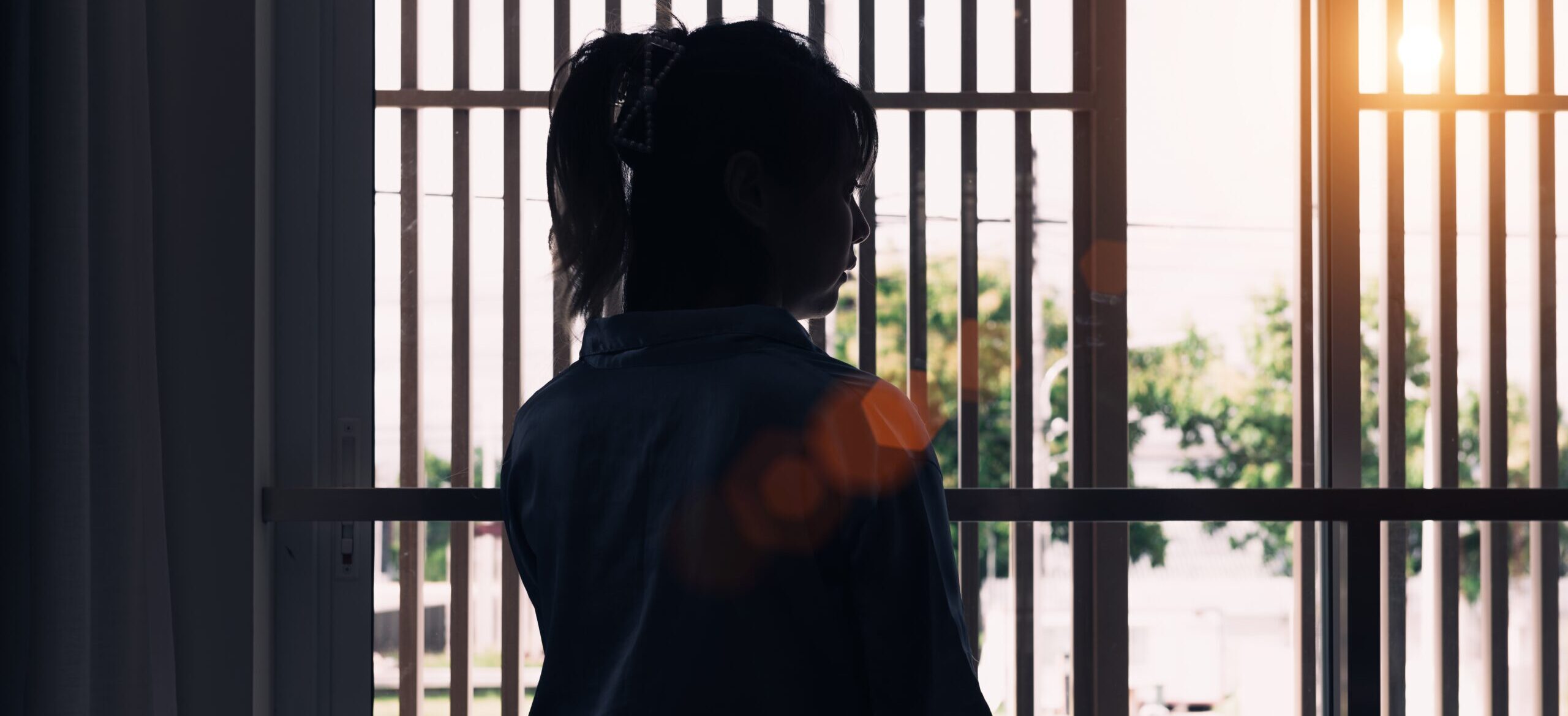Fast forward to 2020 when COVID-19 and America’s racial awakening created an opportunity for the nation to have open and transparent dialogue about who is more likely to be hungry, experience homelessness, or be the victim of violence in our country. For the first time ever in my professional life, we were having real conversations about race and its impact on who was most impacted by COVID-19 (it was people of color), who was most impacted by homelessness (also people of color), and who was most impacted by violence and injustice (and again, people of color).
I remember being in a conversation with a woman in a community I was working with, and we were talking about the local homeless response system, the power dynamics, and the difficulties she was facing in moving things forward. During the conversation, she said, “well, you get it, you’re a woman of color,” and then she kept talking. While she didn’t realize it, in that moment, I felt more seen than I had ever felt in my life. That simple statement of reality came without any of the caveats I’ve heard my entire life – things like, “but you’re not black”, “but your parents are white”, or “but you speak perfect English.” These qualifiers have served to minimize the reality that erase my heritage, I am a person of color, and suggest that I can’t possibly experience racism. That conversation was the first time I had ever felt un-erased, un-ignored, un-hidden. What I heard in that conversation was, I see you.
Asian Americans continue to make up a small percentage of the overall population of people experiencing a housing crisis and, in many communities, they are underrepresented. As an example, the National Alliance to End Homelessness’ State of Homelessness: 2023 Edition identifies that the count of Asian Americans experiencing homelessness in 2022 was the lowest of all races and ethnicity at 8,261 people. Additionally, Asian Americans accounted for the lowest rate of homelessness at 4.1 per 10,000 people. We could stop our analysis here and assume that Asian Americans are fine – that they must not need the homeless response system and the services offered, since they aren’t accessing it. After all, the model minority myth would suggest that Asian Americans are among some of the most successful people in this country and don’t face racism or discrimination.
However, a deeper look at the same State of Homelessness report shows that overall homelessness has increased among Asian Americans by 36 percent since 2015. Even more startling is the 83 percent increase in unsheltered homelessness among Asian Americans in that same period. Furthermore, the 2021 Annual Homelessness Assessment Report to Congress: Part 2 identifies the following:
- Asian or Asian Americans had a 21 percent rate of being behind on rental payments during the COVID-19 pandemic.
- Asians or Asian Americans, while accounting for just one percent of adult-only households experiencing sheltered homelessness, increased between 2019 and 2021 by 28 percent.
- The number of sheltered Asian or Asian American unaccompanied youth increased by four percent between 2019 and 2021 – the only population that notably increased.
I have also supported communities in analyzing data about the performance of their homeless response system. In more than one community, Asian Americans experience homelessness for a disproportionately longer period compared to either the overall population of people experiencing homelessness or the other subpopulations of people experiencing homelessness.
So, what do these troubling trends suggest we do?
For my ninth grade self to see her prediction for the future come to fruition, we cannot erase, ignore, or hide homelessness among Asian Americans. It should be as much a part of the conversation about addressing homelessness as other conversations about inequities, racism, and disparities and we can start by simply saying, I see you.

